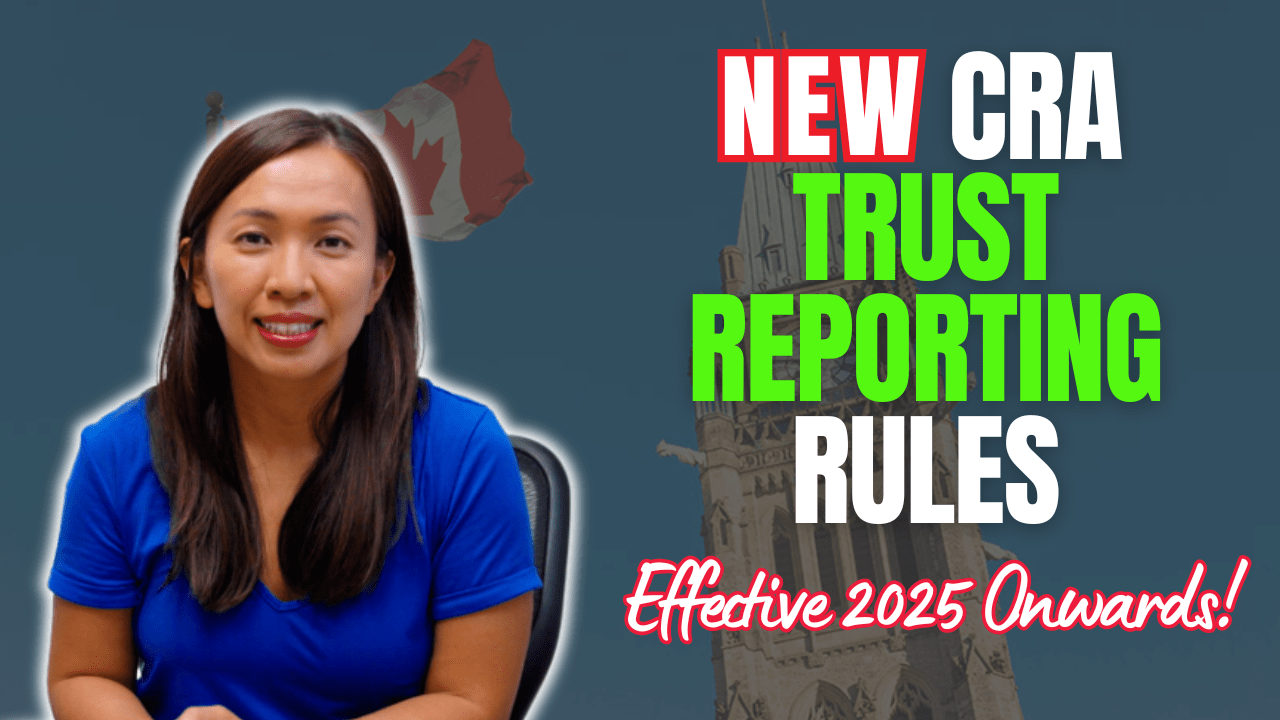 Have you saved today yet? Looked into your IRA options? But some are still asking themselves if they have the provisions in place for their golden years, while others are looking into different ways to grow their investments for retirement. Some may look towards real estate investment and other avenues as a way of boosting their retirement plans.
Have you saved today yet? Looked into your IRA options? But some are still asking themselves if they have the provisions in place for their golden years, while others are looking into different ways to grow their investments for retirement. Some may look towards real estate investment and other avenues as a way of boosting their retirement plans.
If not, don’t worry. The Ontario government will help you!
Our liberal Premier decided that they would help Ontarians save for their retirement by implementing something similar to the Canada Pension Plan, called Ontario Retirement Pension Plan.
It will be introduced in 2017. It’s a great plan that will really benefit your pension so if any financial adviser tells you to transfer to another account then be cautious.
How does it work?
Employers and employees would contribute 1.9% each on annual earnings of $90,000, which will be indexed annually.
There is no contribution on a minimum threshold. Ontario government has not come out to announce the minimum threshold yet. It is likely to be the same minimum threshold as CPP of $3,500.
Therefore, the maximum contribution paid by you, as an employee, will be $1,643.50 (1.9% x ($90,000 – $3,500). Your employer will also contribute the same amount of $1,643.50.
No word as of yet on how this would affect self-employed individuals.
If it is similar to CPP, self-employed individuals are responsible to pay both employer and employee portions and hence will be responsible for $3,287 in total.
What is the payout?
The plan will have a pool of $3.5billion which will be managed by an arm’s length party from the government. And the worker will receive the following amount of benefit if he works for 40 years before retirement at age 65:
- Workers will receive $17,090 (including $10,680 from CPP) who earned $45K over the 40 year period
- Workers will receive $22,430 (including $12,460 from CPP) who earned $70K over the 40 year period
- Workers will receive $25,275 (including $12,460 from CPP) who earned $90K over the 40 year period
Is it a good deal?
Let’s do a comparison. Say a real estate investor is an employee who set aside the maximum amount of money on the side every year with 2% inflation rate – here is the total amount accumulated in your own pool at the end of the 40-year term and what could have been the payout per year with 20-year and 30-year terms (Note that the payout can actually be higher if you continue to invest the money providing annual return per year):
| Annual return of 8% | Annual return of 4% | |
| Total amount of benefit at the end of 40 years | $580,985 | $225,230 |
| Payout per year (30 years payout) | $19,366 | $7,508 |
| Payout per year (20 years payout) | $29,049 | $11,262 |
Some may argue that it is difficult to even get 4% return, let alone 8% return. Not in the real estate world. 8% is a pretty standard return when you invest in a house. In many cases, investors are making double of 8% return on their investment.
The upside of the Ontario Retirement Pension Plan compared to real estate investment is:
- Mandatory – forcing people who cannot save to save
- Hassle free – government or, in this case, a third party is managing the fund for you, return is low but you don’t need to worry about a pipe burst in the middle of the night
Downside of the ORPP compared to saving and investing on your own is:
- Higher return (with the assumption of 8% annual return compounded over 40 years)
- More flexibility of investment, investors can choose to invest in whatever they want, such as second mortgage, real estate investments, commodities, etc. Whatever you believe in, you can invest in it.
- Investment can be done in Tax Free Saving Account – no tax needed to be paid.
As real estate investors, we rarely count on the government to provide any retirement benefits. Whether we agree with this new Ontario payroll tax or not, this is likely to be implemented in 2017, unfortunately.
I consider this just another cost to live in this beautiful country.
Until next time,
Cherry, Your real estate accountant




